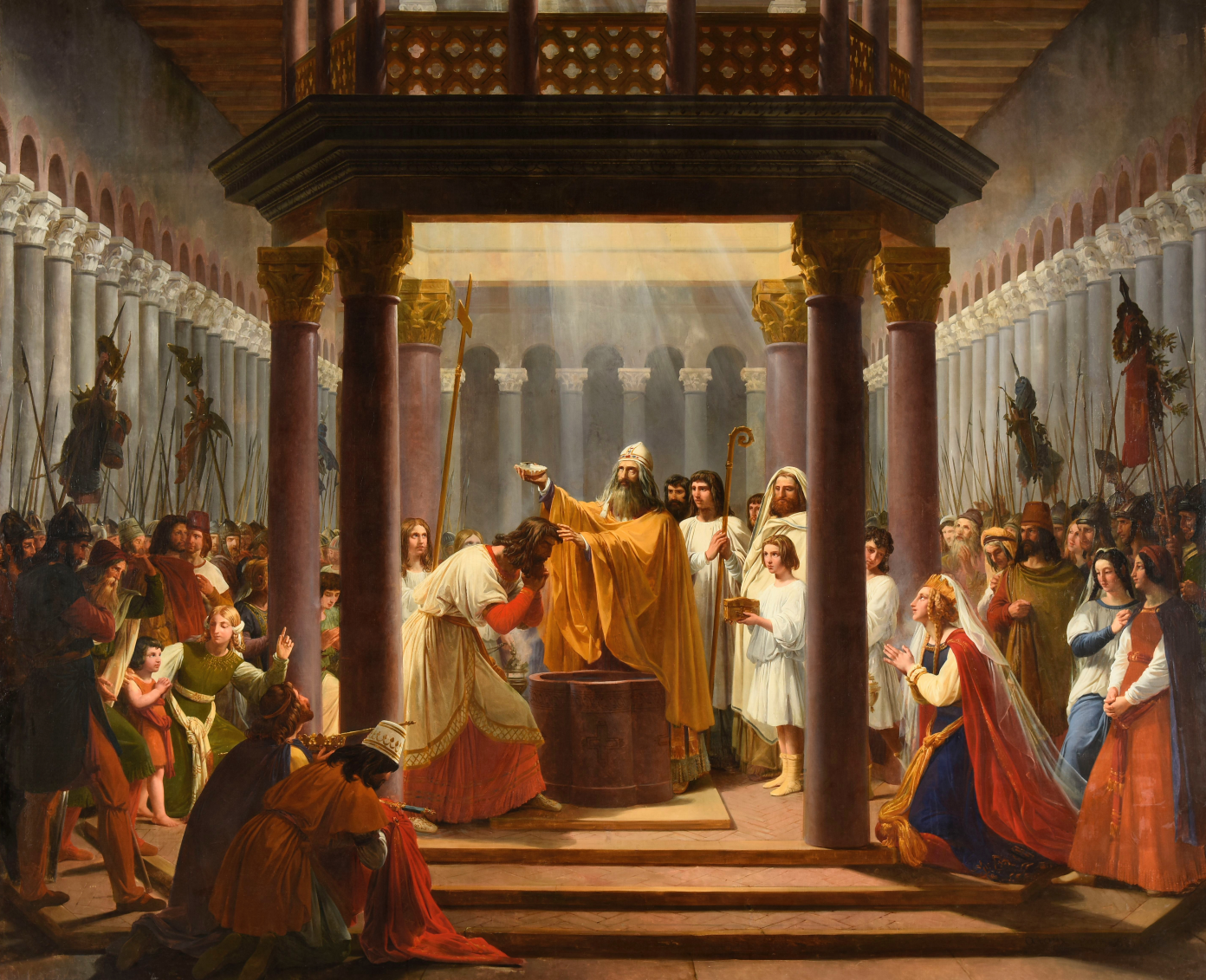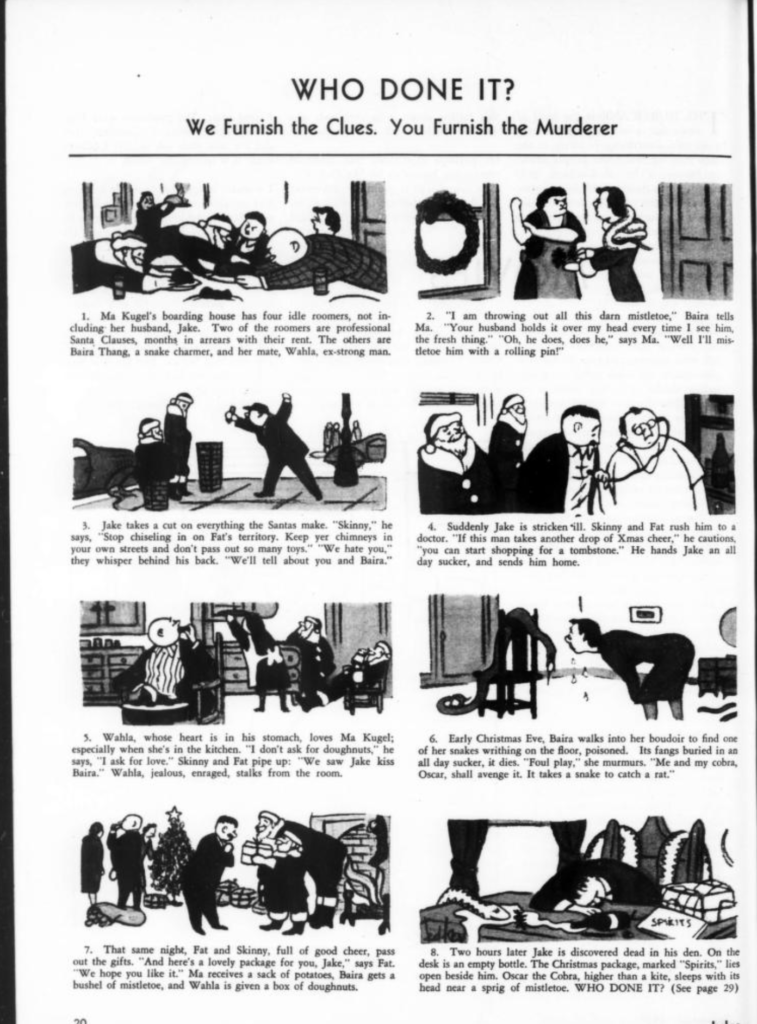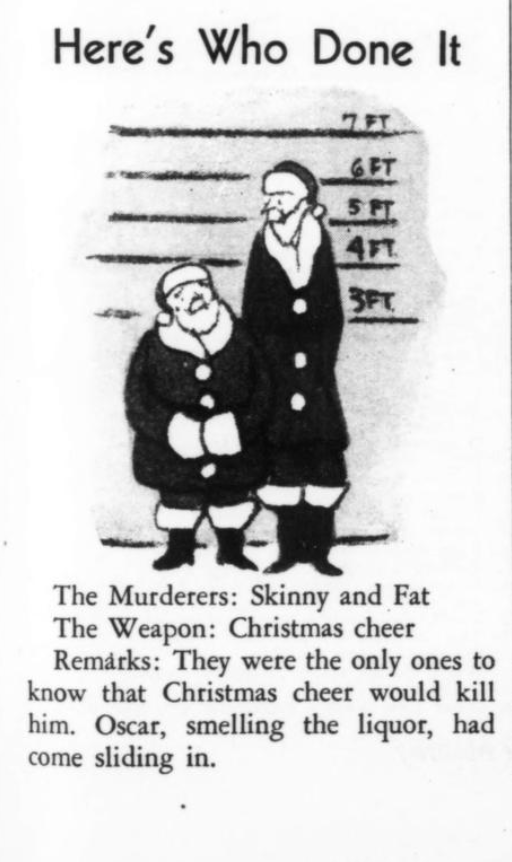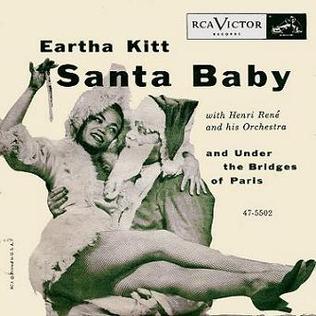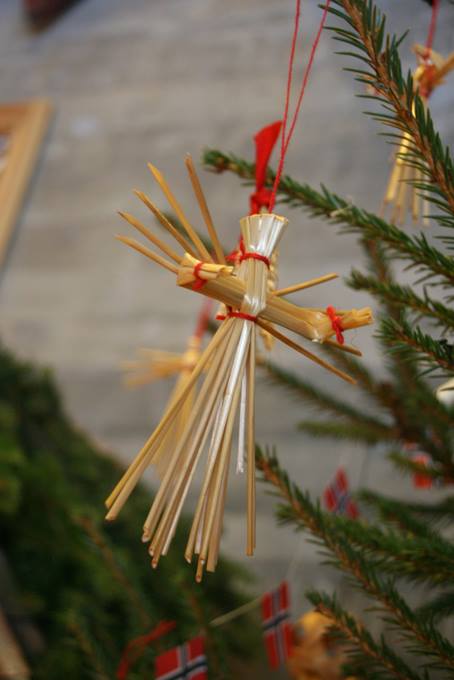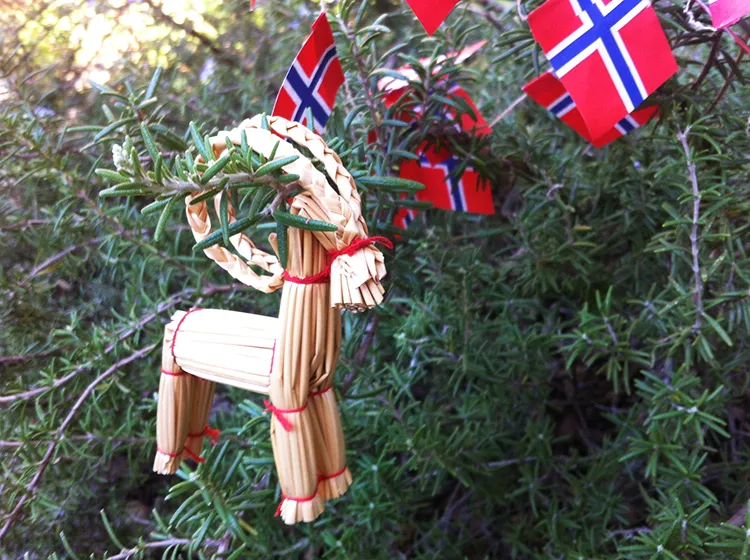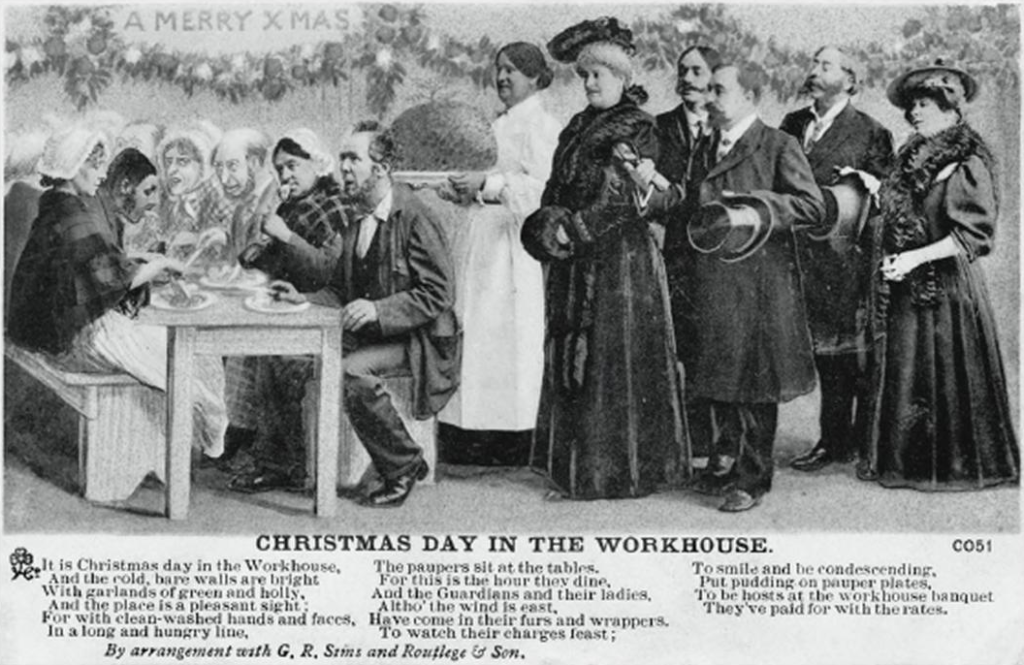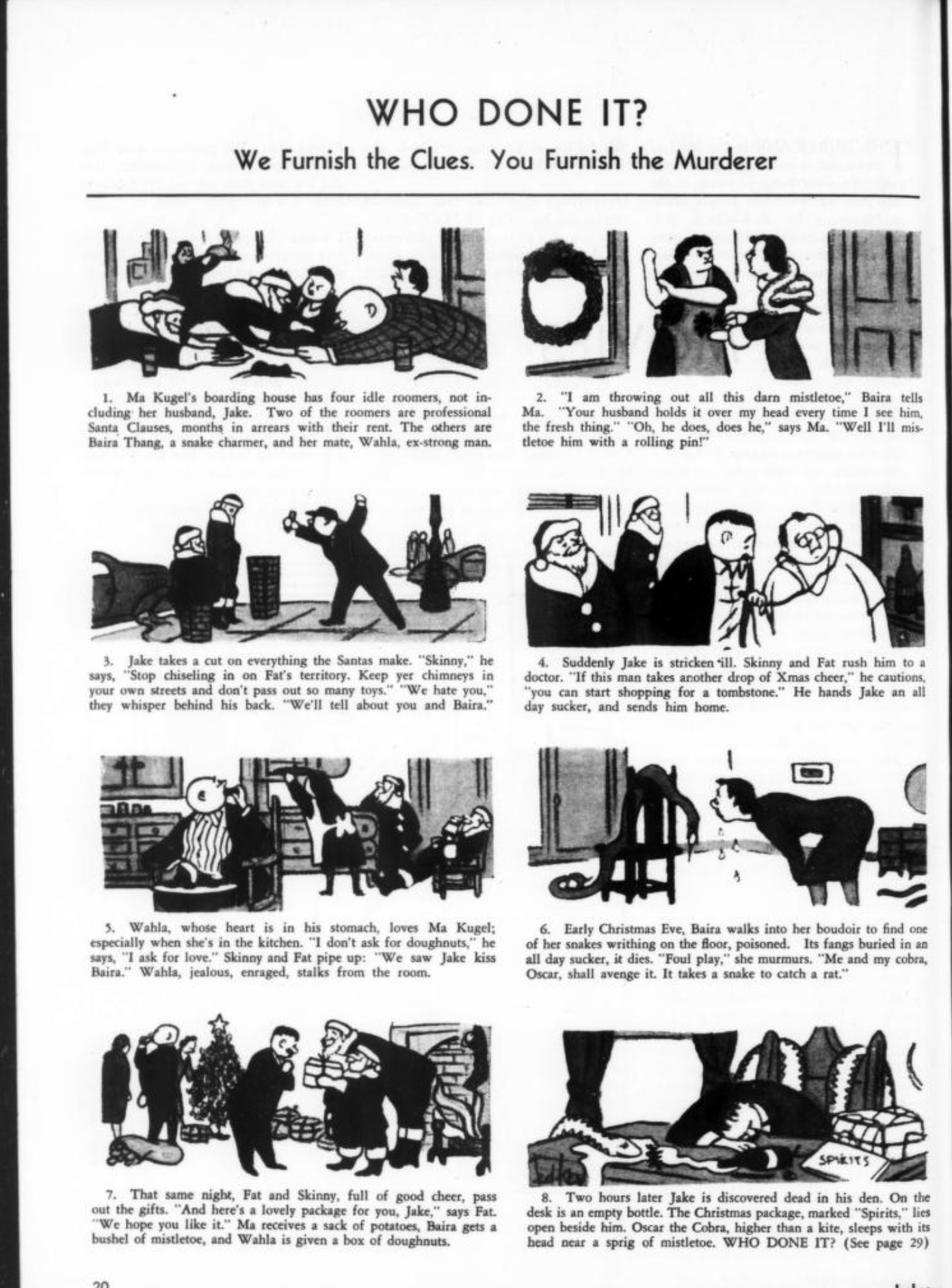This post is for fans of the High Middle Ages, 1000-1250.
• 1006 English King Aethelred the Unready meets with the Witanagemot in Shropshire where it is decided to pay £36,000 in Danegeld. A supernova, the brightest in recorded history, which first appeared in May, has returned in the skies.
• 1022 French king Robert the Pious and Queen Constance preside over a purge of heretics at Orléans. The accused are clerics including the Queen’s confessor. They will be burnt at the stake, the first time this punishment will be used against heresy.
• 1066 Coronation of William I “the Conqueror” of England. William, as Duke of Normandy, had invaded England and killed King Harold at the Battle of Hastings. The coronation was marred by a bloody misunderstanding. The chronicler Orderic Vitalis explains:
But at the prompting of the devil, who hates everything good, a sudden disaster and portent of future catastrophes occurred. For when Archbishop Ealdred asked the English, and Geoffrey bishop of Coutances asked the Normans, if they would accept William as their king, all of them gladly shouted out with one voice if not in one language that they would. The armed guard outside, hearing the tumult of the joyful crowd in the church and the harsh accents of a foreign tongue, imagined that some treachery was afoot, and rashly set fire to some of the buildings. The fire spread rapidly from house to house; the crowd who had been rejoicing in the church took fright and throngs of men and women of every rank and condition rushed out of the church in frantic haste. Only the bishops and a few clergy and monks remained, terrified, in the sanctuary, and with difficulty completed the consecration of the king who was trembling from head to foot. Almost all the rest made for the scene of the conflagration, some to fight the flames and many others hoping to find loot for themselves in the general confusion. The English, after hearing of the perpetration of such misdeeds, never again trusted the Normans who seemed to have betrayed them, but nursed their anger and bided their time to take revenge.
• 1086 In Constantinople, Patriarch Nicholas III Grammatikos is clamping down on unruly celebrations at Christmas in the great Hagia Sophia church. He complains this behaviour threatens to turn churches “into places of business and a den of thieves and the holy festivals into outrageous gatherings.”
• 1141 In China a peace treaty is signed between representatives of the Song dynasty and the Jurchen dynasty. The terms greatly favour the Jurchen who win territory in northern China and who are to be paid an annual subsidy.
• 1155 Fredrick Barbarossa holds court at Worms where he will punish wayward nobles – he will force a ritual humiliation on the Count-Palatine and ten others by making them carry a dead dog for a mile. In Constantinople, Michael the Rhetor urges the emperor to give to the poor at Christmas time.
• 1170 Archbishop Thomas Becket preaches in Canterbury Cathedral and prophesies his own murder (he is killed 4 days later).
I have spoken to you today, dear children of God, of the martyrs of the past, asking you to remember especially our martyr of Canterbury, the blessed Archbishop Elphege; because it is fitting, on Christ’s birthday, to remember what is that peace which he brought; and because, dear children, do not think that I shall ever preach to you again; and because it is possible that in a short time you may have yet another martyr, and that one perhaps not the last. I would have you keep in your hearts these words that I say, and think of them at another time.
• 1202 The diverted Fourth Crusade is wintering in Zara which the knights have conquered for Venice. They are considering a morally-fraught proposition from Byzantine prince Alexius who asks them to put him back on the throne in Constantinople:
Since you are on the march in the service of God, and for right and justice, it is your duty to restore their possessions to those who have been wrongfully dispossessed. The Prince Alexius will make the best terms with you ever offered to any people and give you the most powerful support in conquering the land overseas . . . Firstly, if God permits you to restore his inheritance to him, he will place his whole empire under the authority of Rome, from which it has long been estranged. Secondly, since he is aware that you have spent all your money and now have nothing, he will give you 200,000 silver marks, and provisions for every man in your army, officers and men alike. Moreover, he himself will men, or, if go in your company to Egypt with 10,000 you prefer it, send the same number of men with you; and furthermore, so long as he lives, he will maintain, at his own expense, 500 knights to keep guard in the land overseas.

• 1223 St Francis of Assisi assembles the first live Nativity crèche at Greccio, Italy
The gifts of the Almighty were multiplied at Greccio, and a wonderful vision was seen by a virtuous man who was present at the Mass. He saw the little Child lying in the manger seemingly lifeless, and then Francis, the holy man of God, went up to it and roused the Child as from a deep sleep. This vision was not unfitting, for the Child Jesus, who had been forgotten in the hearts of many, was brought to life again by God’s grace working through his servant Francis and was stamped deeply upon his memory. And when the solemn vigil of Christmas was brought to a close, each one returned home with unspeakable joy.
The hay that had been placed in the manger at Greccio was kept, so that the Lord might save beasts of burden and other animals through it. And in truth it happened that many animals throughout that region, beasts of burden and others with various illnesses, were freed from their ailments after eating of this hay. Indeed, even some women who had been labouring for a long time in a difficult birth delivered their children easily when some of this hay was placed upon them; and a large number of persons of both sexes, suffering from various illnesses, obtained the health they sought in the same way.
• 1248 In Nicosia Cyrus, Louis IX of France on crusade entertains an embassy from a Mongol commander in Persia. The envoys are Nestorian Christians. A chronicle declares: The king then called these envoys into his presence and they spoke for some time in their own language. Brother Andrew translated their words into French and told the king what they said: that the greatest prince of the Tartars had been christened at Epiphany and many Tartars with him, even including some of their greatest lords. They also said that Eljigidei would bring his whole Tartar army to support Christendom and the king of France against the caliph of Baghdad, because he wanted to avenge the terrible acts of shame and hatred done to Our Lord Jesus Christ by the Khwarazmians and other Saracens. Their lord, they said, also wanted to tell the king that when spring came he should enter Egypt to attack the sultan of Babylon, and at exactly the same time the Tartars would invade and make war on the caliph of Baghdad, and so they would be able to help each other.

